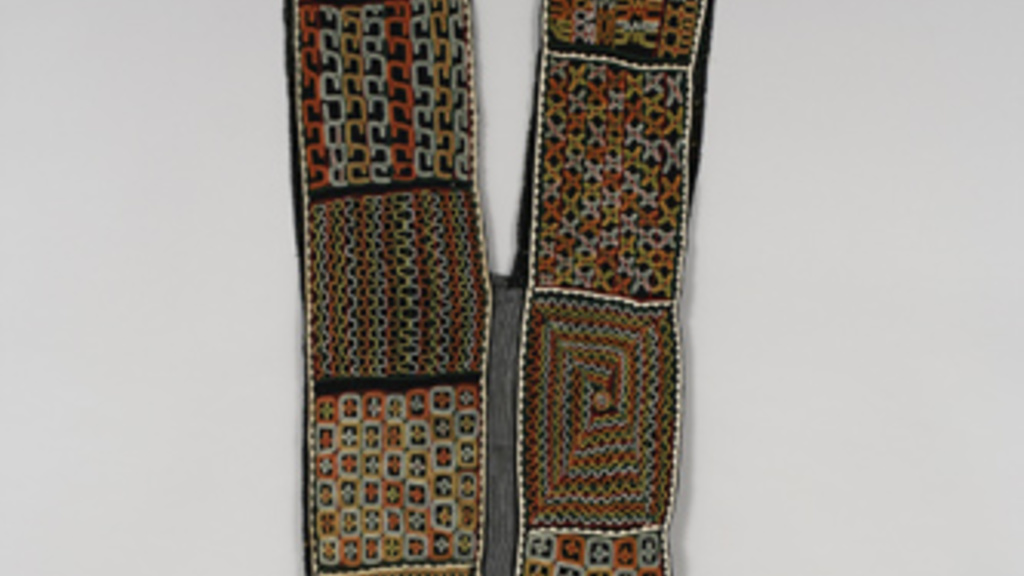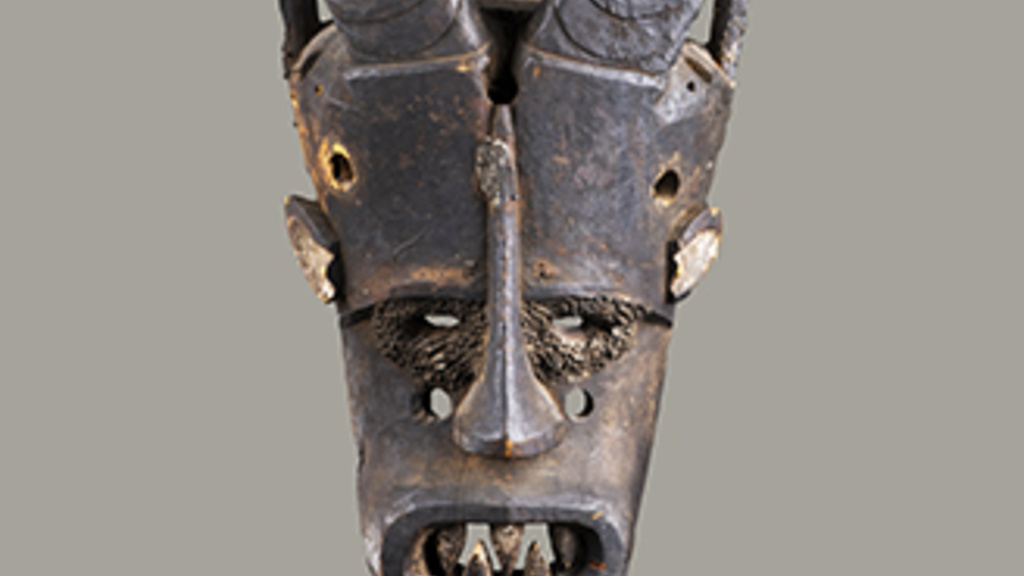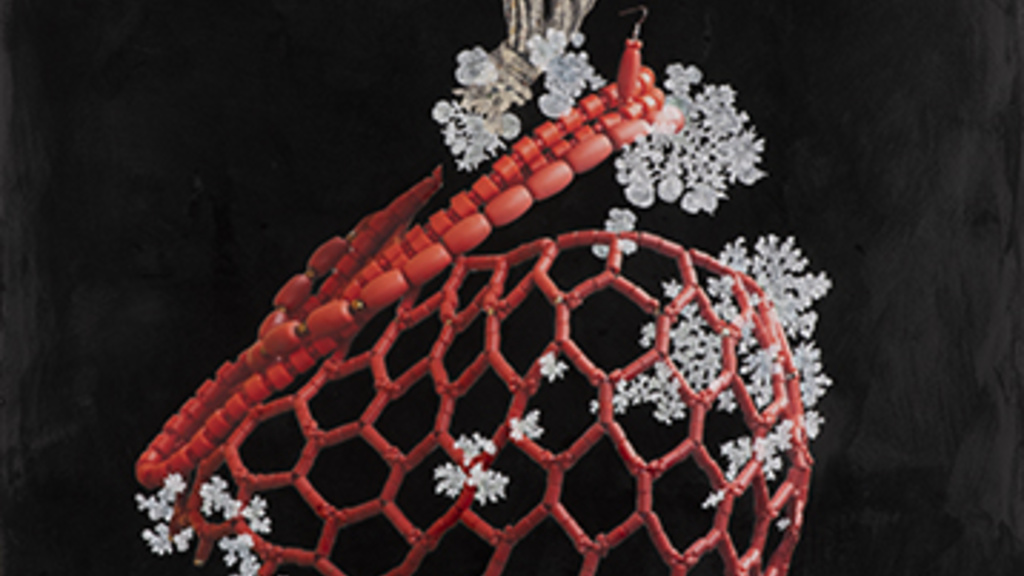Collection Highlights
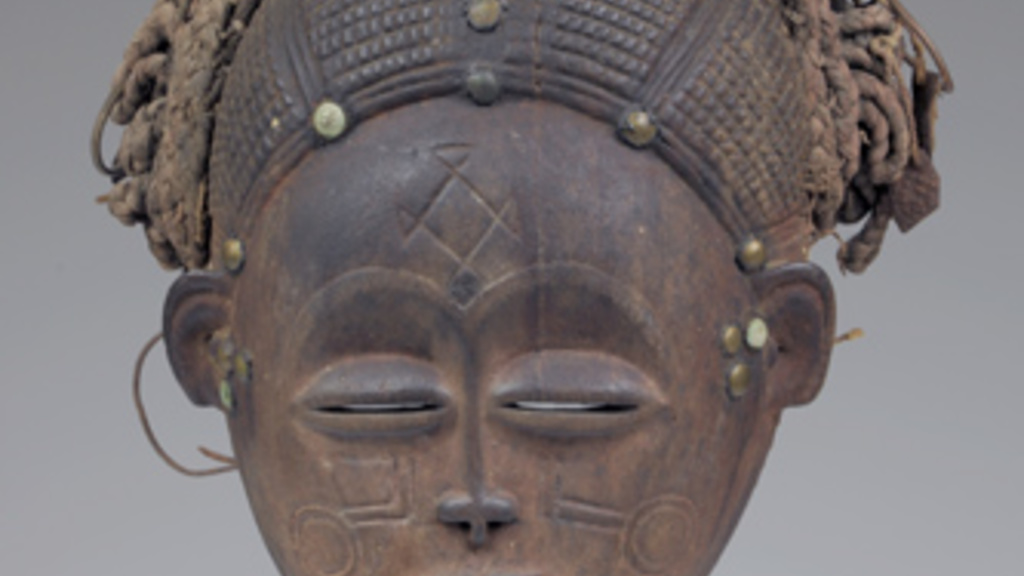
Female face mask (mwana pwo)
Chokwe style; Angola or Democratic Republic of the Congo
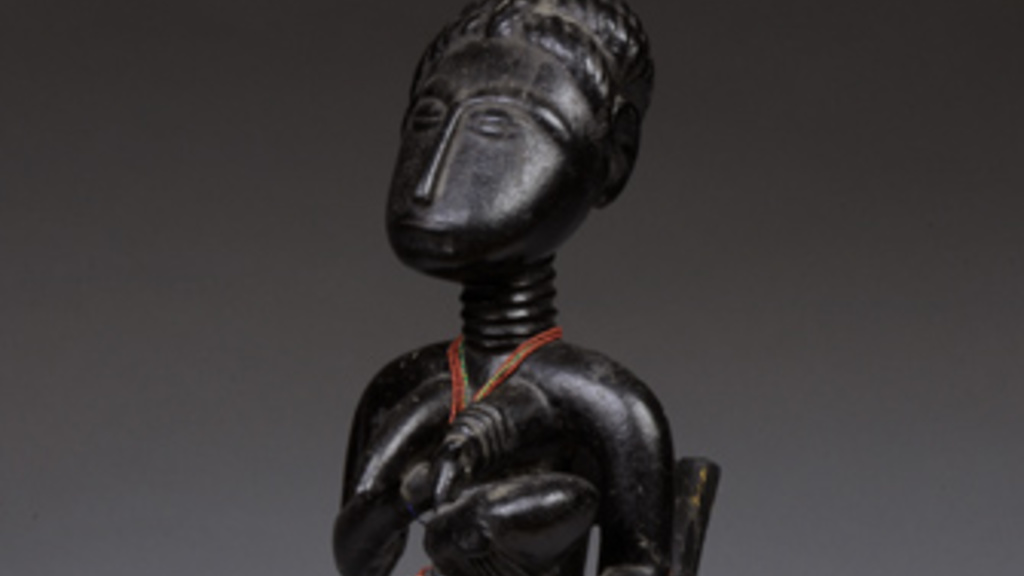
Seated mother and child figure
Asante style; Ghana
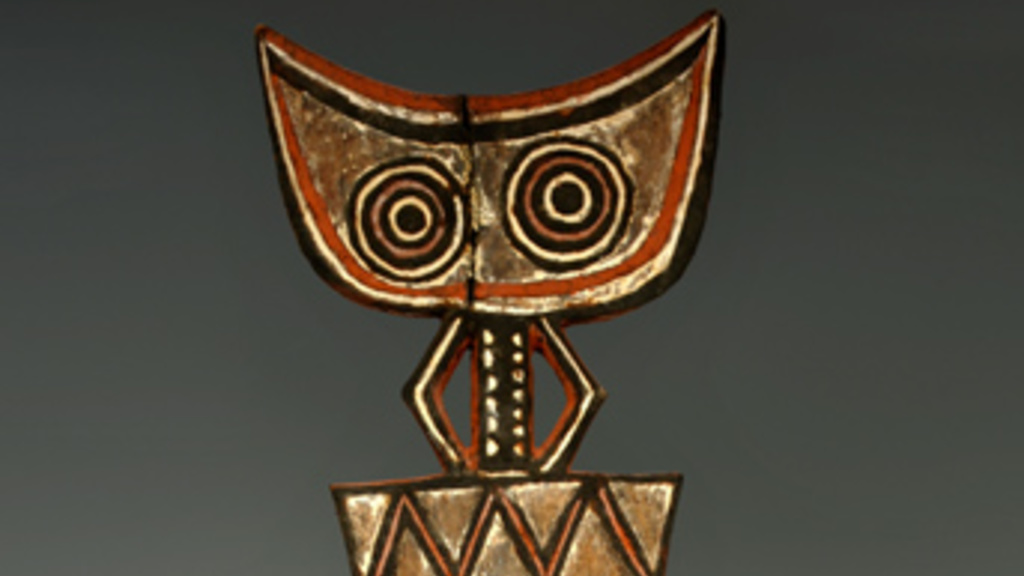
Plank mask
Winiama style; Burkina Faso
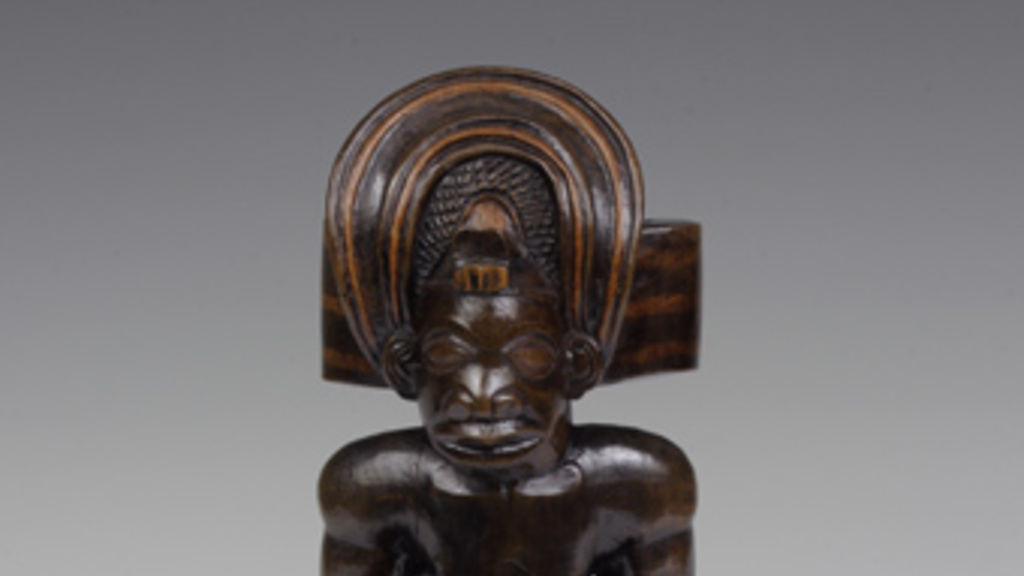
Male figure of a chief (mwanangana)
Chokwe style; Angola
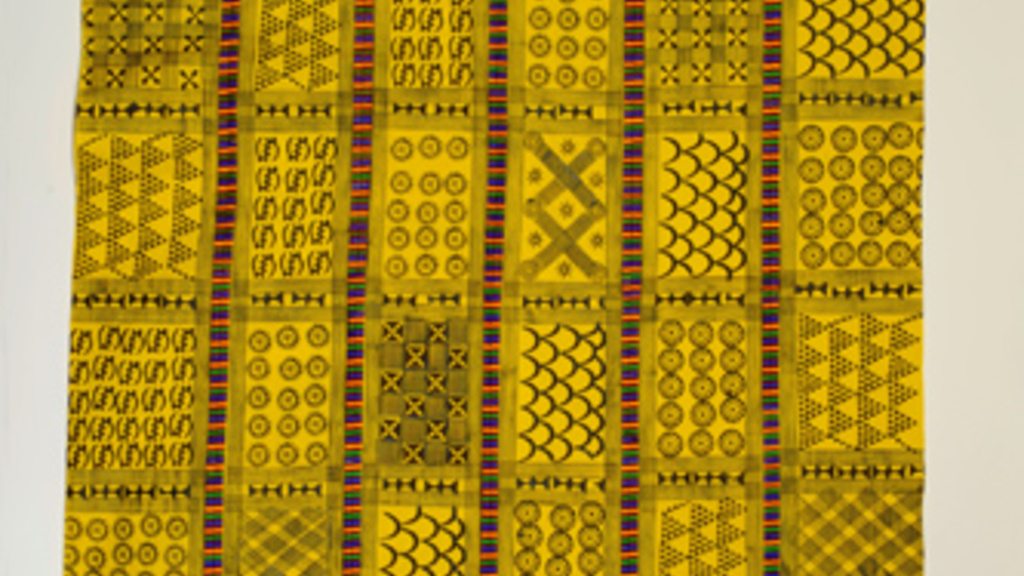
Adinkra cloth
Asante style; Ghana
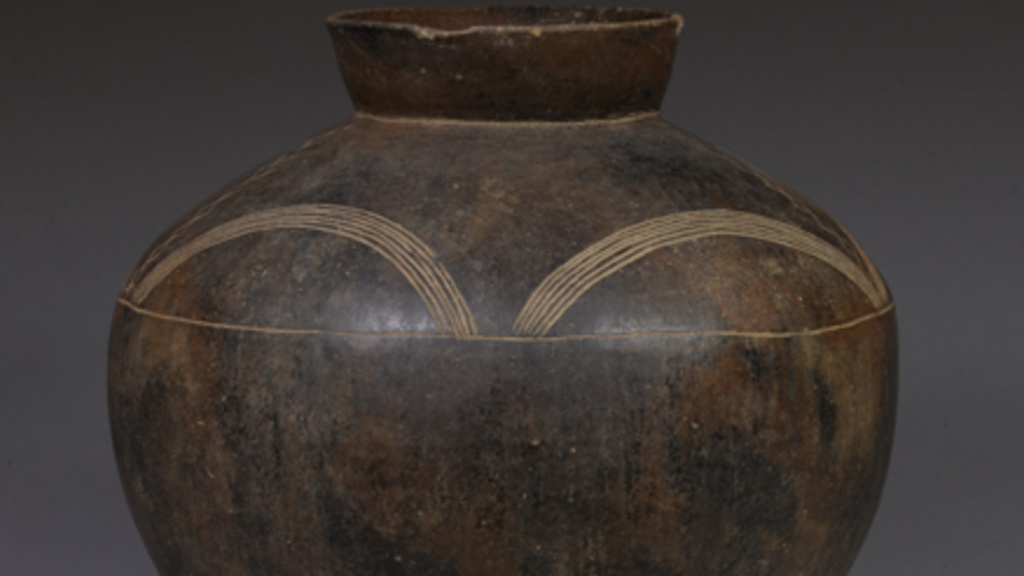
Storage vessel
Lobi style; Burkina Faso or Côte d'Ivoire
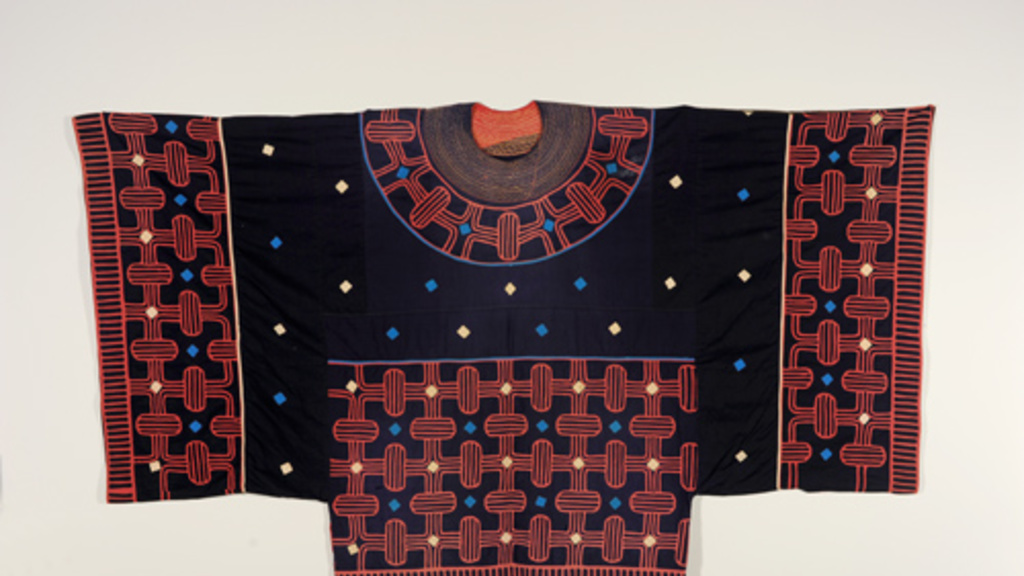
Man's gown
Bamileke style; Cameroon
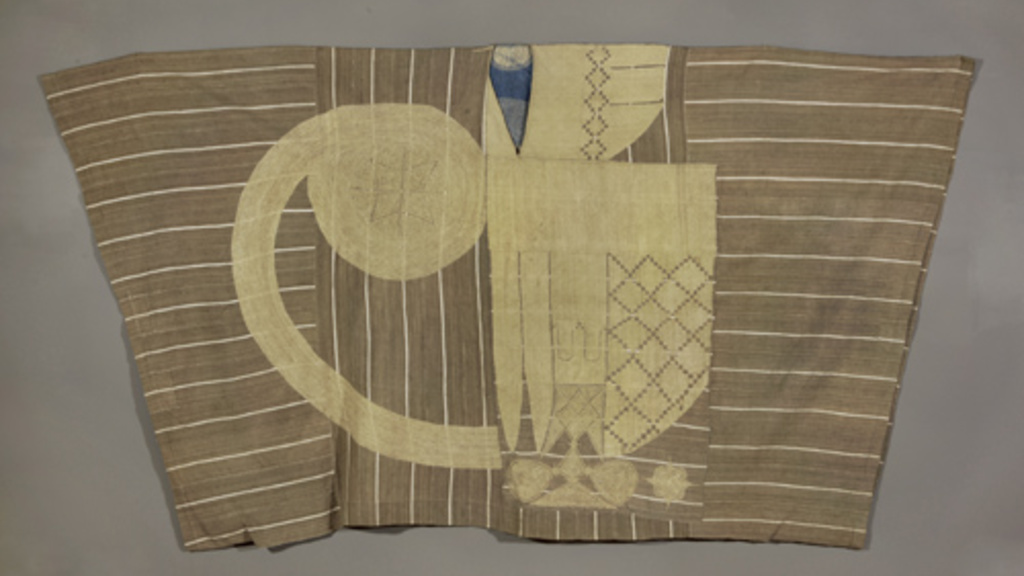
Man's robe (babban riga or agbaa)
Hausa style; Nigeria
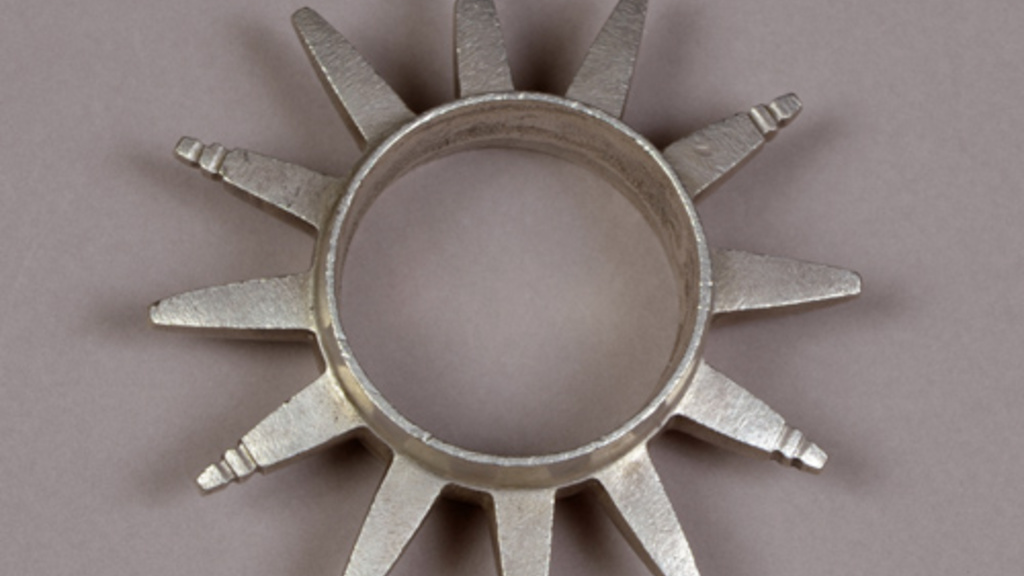
Bracelet of animal horns (azbiy n iqerroin)
Ait Khabbash style; Morocco
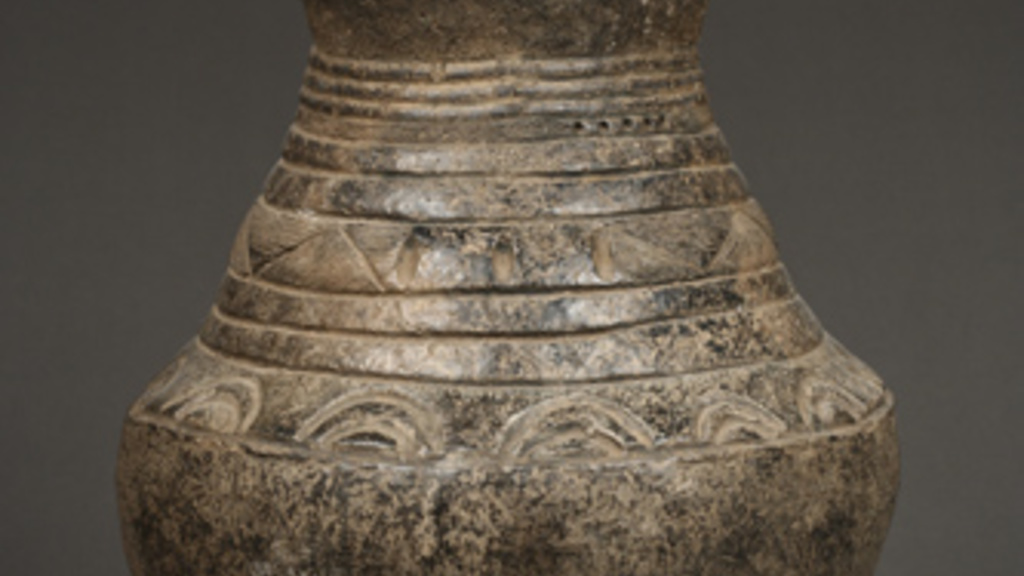
Pot
Songye style; Democratic Republic of the Congo
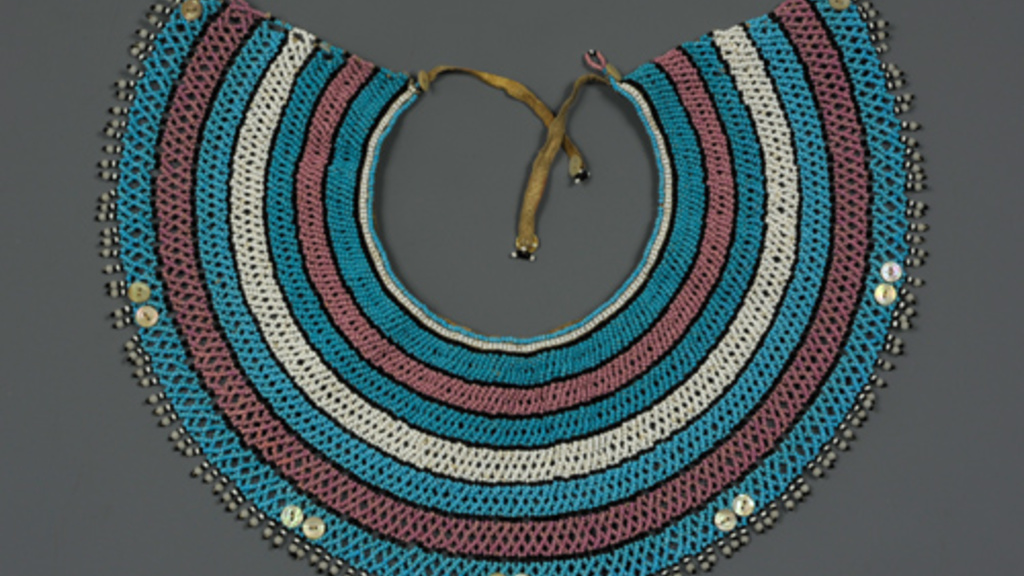
Woman's collar (ingqosha)
Mfengu style; South Africa
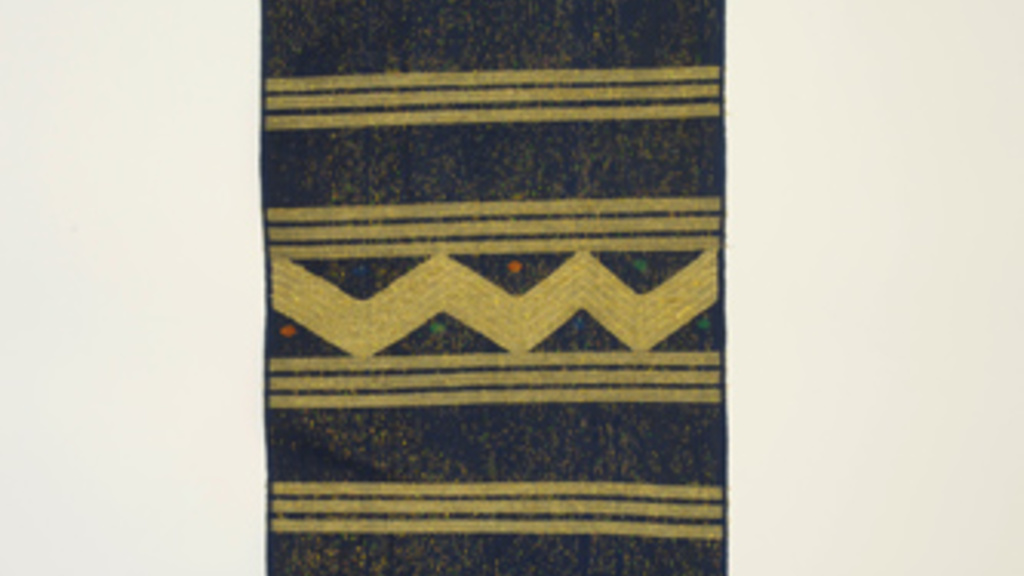
Cloth
Igbira style; Nigeria
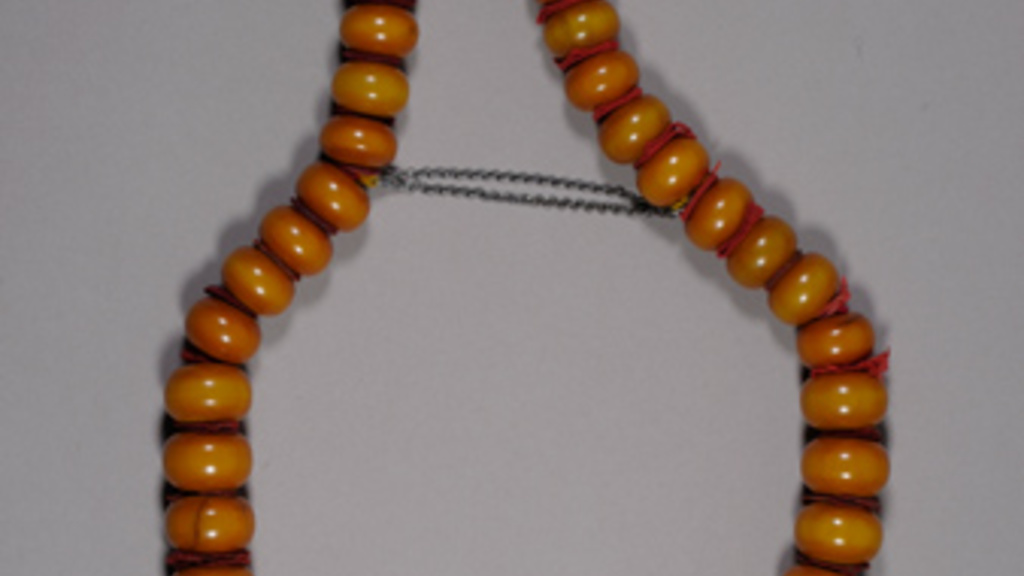
Necklace
Ait Khabbash style; Morocco
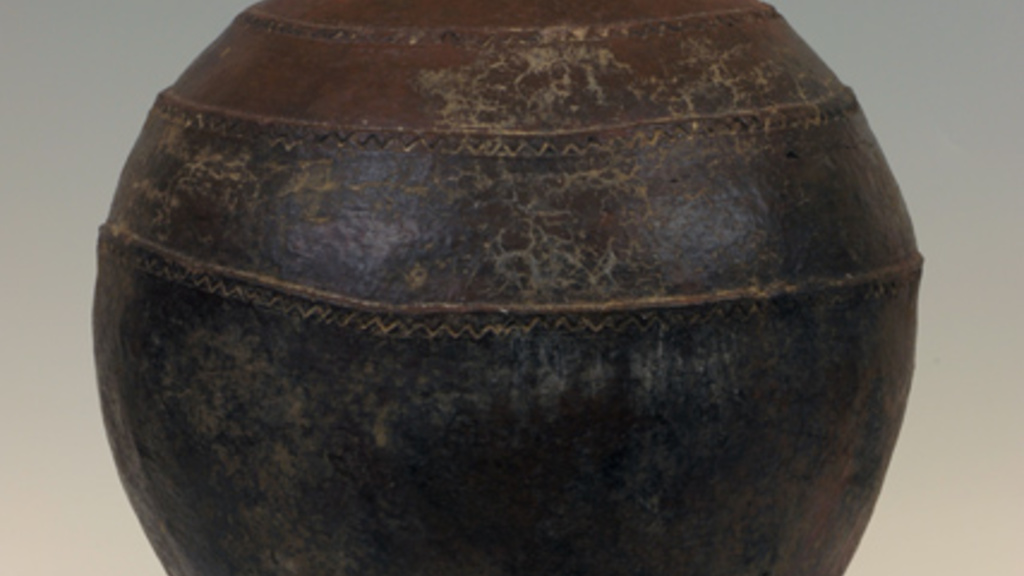
Storage vessel (jidaga)
Bamana style; Mali
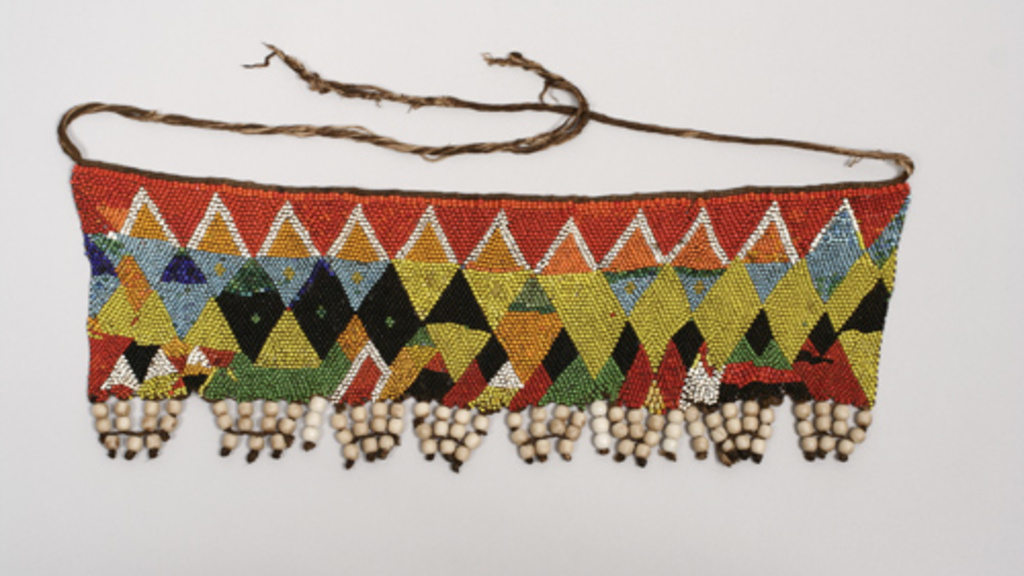
Woman's beaded apron
Bana guili style; Cameroon, Nigeria, Niger, or Chad
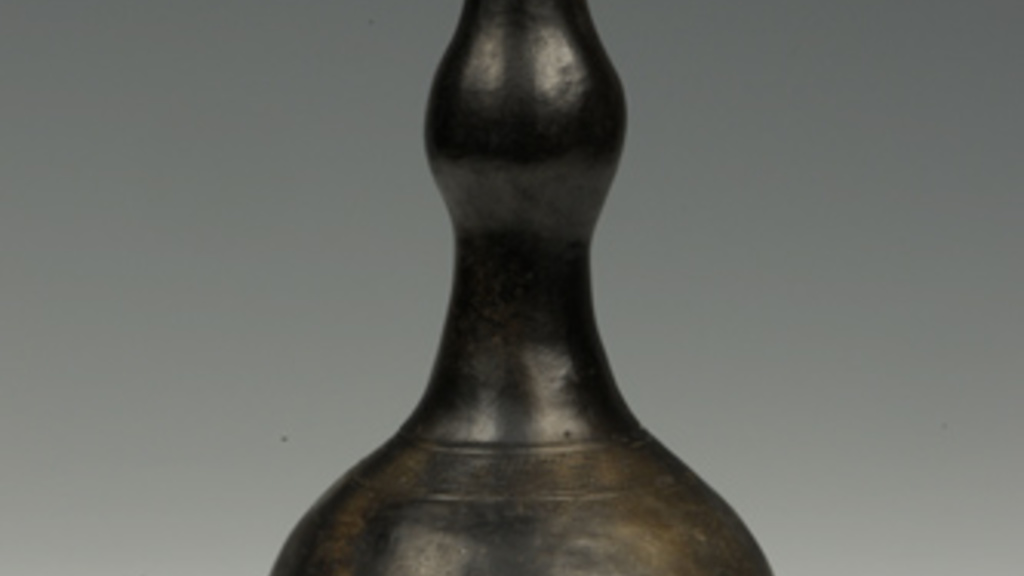
Pot
Tutsi style; Uganda
